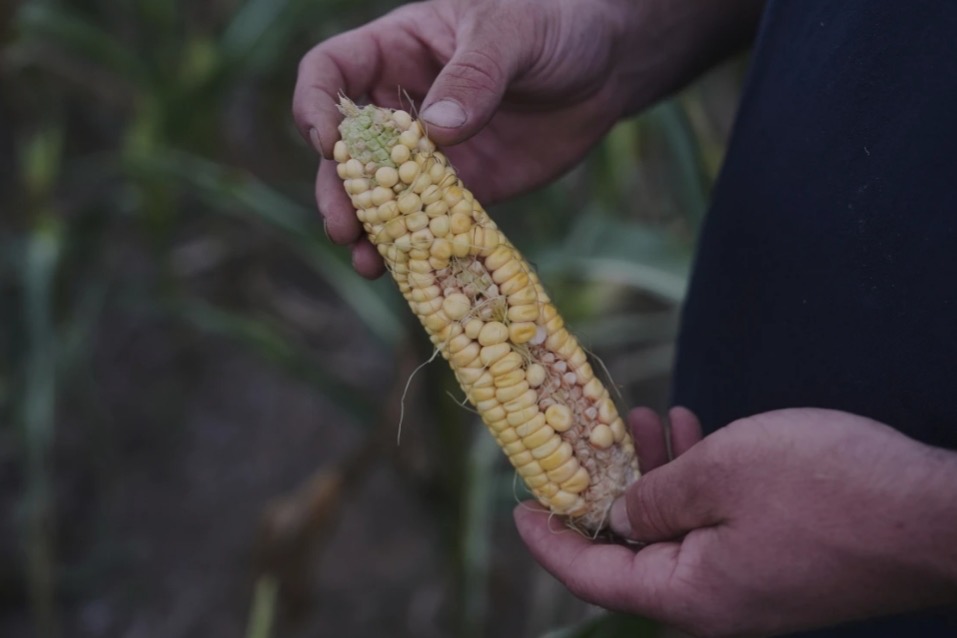
Michigan corn growers are facing a challenging summer as extreme heat and dry conditions disrupt the delicate pollination process, leaving many fields with patchy ears and reduced yields.
After a strong 2024 season, Paw Paw farmer Robb Rynd noticed worrying signs this year: kernels missing, leaves browning, and ears forming unevenly. “Walking the fields, it’s kind of depressing,” he said.
Experts point to a mix of weather extremes. High nighttime temperatures prevent corn from cooling, while drought reduces pollen viability. In some cases, rapid growth caused tassels, the part of the plant that produces pollen, to remain partially trapped in leaves, a rare condition known as tassel wrap. Heavy rains, when they came, often arrived too late or created additional problems such as fungal infections.
“This kind of tassel wrapping is something I’ve only seen once in 20 years,” said Mark Licht, an agronomist at Iowa State University.
Despite these midseason setbacks, late-summer rainfall has greatly improved conditions across the Midwest, helping push the United States toward what analysts are calling a monster corn crop. Drought coverage in major corn states dropped from 60 percent earlier this summer to just 3 percent by August.
Still, the uncertainty has taken a financial and emotional toll on farmers who rely on consistent yields to plan equipment purchases and land investments.
New technologies may offer relief. PowerPollen, an Iowa-based agtech company, has developed a mechanical pollination system that collects and reapplies pollen to struggling fields. Demand for the service has nearly doubled since 2018, offering hope to growers facing more frequent climate-driven disruptions.
For Michigan farmers like Rynd, however, the immediate reality remains difficult. “You put everything into the crop,” he said. “When the weather doesn’t cooperate, there’s not much you can do.”